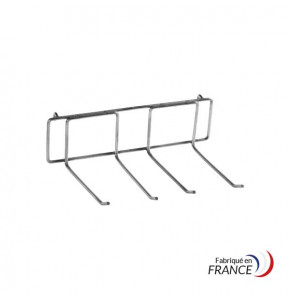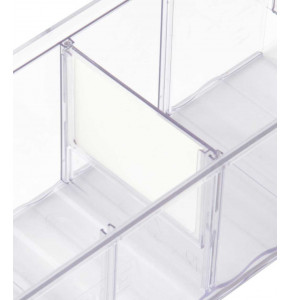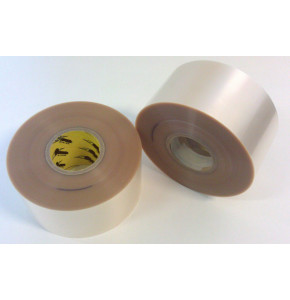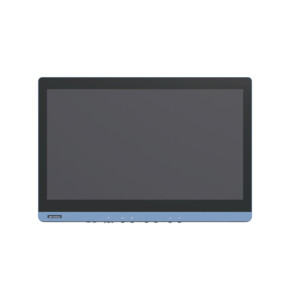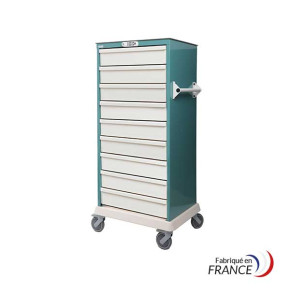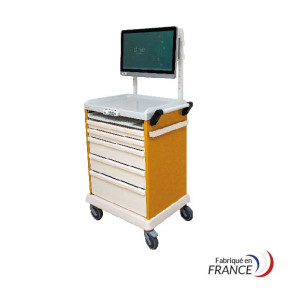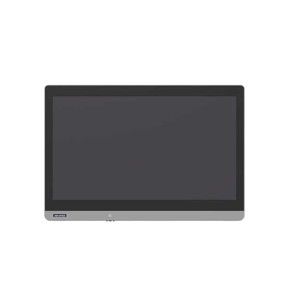Packaging, unpacking and repackaging of procedures needed in health care facilities
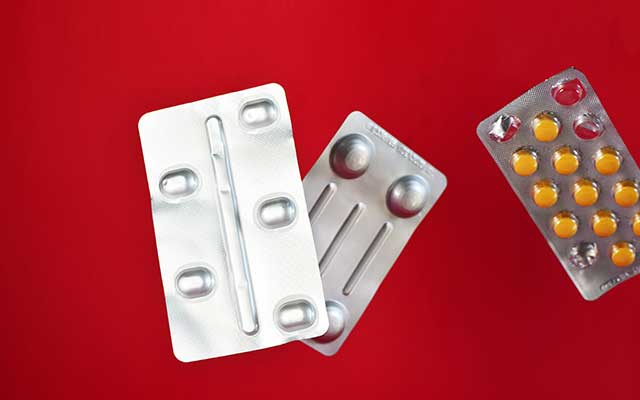
What is packaging?
Before we begin, it is worthwhile to review the difference between the terms packaging and wrapping.
Whatever its form, or the material from which it is made, the role of packaging is to protect products from external damage. Packaging is a means of ensuring the transport and storage of products.
Whereas packaging is what is commonly known as primary packaging. This is the packaging that is in direct contact with the product.
It has several roles:
- Protective role: it protects the product until it is used.
- Functional role: it plays a part in its effectiveness and increases the safety of its use.
- Identification and information role: it provides a multitude of information on the conditions of use and conservation of the product, without forgetting the legal mentions.
The material used for the primary packaging is not chosen lightly. It is given functions such as impermeability and chemical inertness. These functions ensure the stability and safety of the product, as well as the safety of the patient.
It should be remembered that a medicine is used above all to treat and not to intoxicate an individual. For this reason, individuals are advised against unpacking and repackaging their medicines. These manipulations can be a source of medication errors.
Indeed, the choice of a galenic form and its primary packaging is based on several criteria:
- Physico-chemical (stability of the active ingredient, incompatibility)
- Pharmacokinetics (release of the active ingredient, bioavailability)
- Pharmacodynamics (initial dose, duration of effect)
- Comfort (taste, comfort of taking)
We can therefore deduce that poor handling, incorrect dosage due to deconditioning (crushing a tablet, opening a capsule, etc.) can lead to an accident of varying severity depending on the drug.
However, at present, in health establishments, individualised nominative dispensing of treatments requires a presentation in unit form for each drug. Indeed, not all patients suffer in the same way and therefore do not benefit from the same treatments. This is why health establishments do not hesitate to unpack and repackage medicines.
To allow identification of medicines during checks before administration to patients and to preserve hygiene quality, repackaging has now become a full-fledged activity of the internal pharmacies of health care institutions.
Today, manual deconditioning and repackaging devices have become obsolete. They are considered to be time-consuming and only partially meet the needs of healthcare institutions.
The automation of the repackaging system is necessary to meet the needs and thus improve the efficiency of this activity.
It is common for health care institutions to use automated systems such as the cadet filling machine to fill dry oral forms of medicines in unit doses.
These machines save a considerable amount of time and ensure the traceability of medicines.
 Francais
Francais 
 Cart
Cart Quote
Quote

